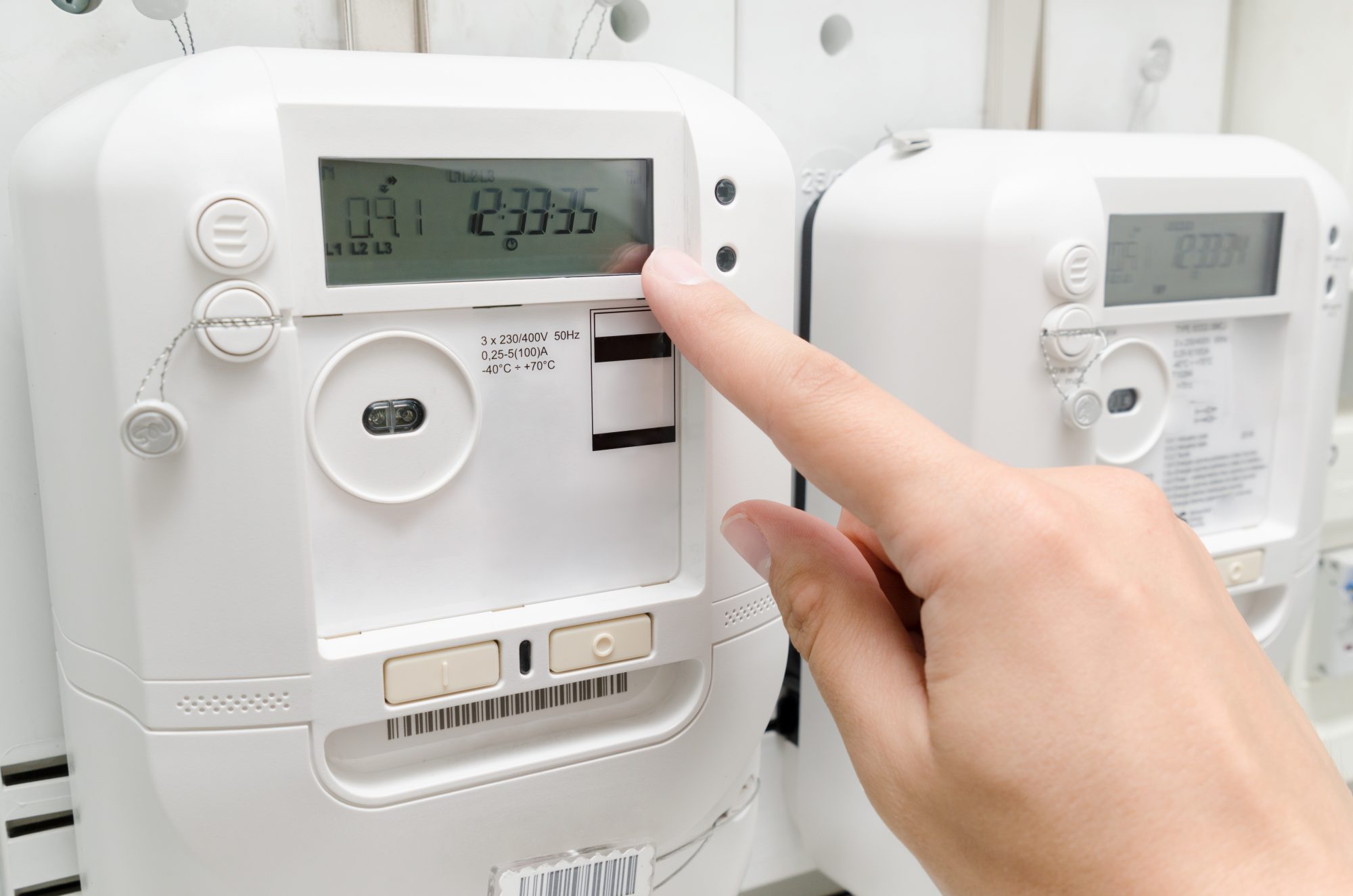Colin Gray, Principal Fraud Consultant at SAS UK, looks at the technologies that can help governments fight fraud since the Energy Bill Relief Scheme came into force
Since writing for this publication last month, details of the government’s Energy Bill Relief Scheme have now been confirmed. Businesses and other organisations across the UK will now receive a discount on their energy bills, with the government making up the shortfall to energy companies. A similar plan, the Energy Price Guarantee, has been launched for households, who are expected to save around £1,000 per year.
The scheme is comparable to the measures rolled out when Covid-19 first struck. Once again, the government had to move quickly in response to events, in order to save businesses and prevent widespread hardship. Yet the speed at which the Covid-19 schemes were rolled out made them an easy target for fraudsters during a time of major upheaval.
The government is ‘complacent in preventing fraud’
In April, the Public Accounts Committee accused the government of being ‘complacent in preventing fraud’ after it was revealed that £4.9 billion of the £47 billion paid out in Bounce Back Loans is expected to be lost to fraud. An estimated £4.5 billion was also lost due to ‘error and fraud’ under the Coronavirus Job Retention Scheme, the Self Employed Income Support Scheme and Eat Out to Help Out.
£4.9 billion of the £47 billion paid out in Bounce Back Loans is expected to be lost to fraud
Similarly, the cost-of-living crisis, and the fact that the Energy Bill Relief Scheme is new, heightens the risk of fraud as both individuals and organised criminal groups alike look to exploit any loopholes and weaknesses.
Businesses have been warned that they cannot use the Energy Bill Relief scheme to boost their own profits, while householders have been cautioned against falsifying meter readings. Yet without robust safeguards in place, taxpayers could still end up footing the bill for yet more fraud – which already costs the public sector between £29 billion and £52 billion per year.
In my previous article, I underlined the importance of data sharing between government departments, and the role of data analytics, artificial intelligence (AI) and machine learning (ML) in being able to identify fraudulent claims.

But how exactly can this data-driven technology help?
The problem is that fraud detection methods have largely been reactive, that is, when the crime has already been committed. They may be able to identify some suspicious activity and automate the detection of high-risk anomalies and transactions – but they don’t tend to be nuanced enough to deal with the high volumes, and increasing sophistication, of fraud. And once the money is lost, it’s usually lost forever.
Another issue is that traditional methods require the expertise of analysts and investigators who couldn’t possibly manage the millions of transactions processed by government agencies. The resource cannot scale up whenever a new scheme is introduced, especially one that involves details for almost all premises in the UK.
Fortunately, newer techniques are helping to ease the burden on anti-fraud teams, improving the effectiveness and efficiency of investigations.
Rather than simply analysing anomalies and isolated events, it’s now possible using advanced analytics and AI to highlight patterns in aggregated data and detect larger-scale and complex networks of collusion between civil servants (albeit a tiny minority), suppliers and the public. This can be done on a scale and at a speed that is not humanly possible.
It’s also easier now to connect siloed data sources to provide a single view of departments, companies, people, accounts and addresses, and streamline case management and investigations to highlight subtle discrepancies on a vast scale.
These techniques can be applied to other types of fraud – for example, taxation, benefits and so on – and also detect errors, waste and non-compliant processes to ensure taxpayers get value for money.
Importantly, they could also be used to identify potentially vulnerable people who might not be claiming what they’re entitled to.
The Energy Bill Relief Scheme has not been without criticism
The Energy Bill Relief Scheme has not been without criticism – Max Mosley, an economist at the National Institute of Economic and Social Research, for instance, has branded it ‘needlessly inefficient and expensive’. He believes there are other options, such as a ‘variance price cap’ that could have provided more support for the poorest households.
The government will have to work hard to allay concerns like this, which is why powerful analytics are needed to improve efficiency at every step and proactively tackle fraud. Given the eye-watering sums lost through the Covid-19 support initiatives, we cannot afford for history to repeat itself.
Editor's Recommended Articles
-
Must Read >> Preventing fraud in Liz Truss’ energy price freeze
-
Must Read >> Fighting COVID-19 fraud with a selfie















